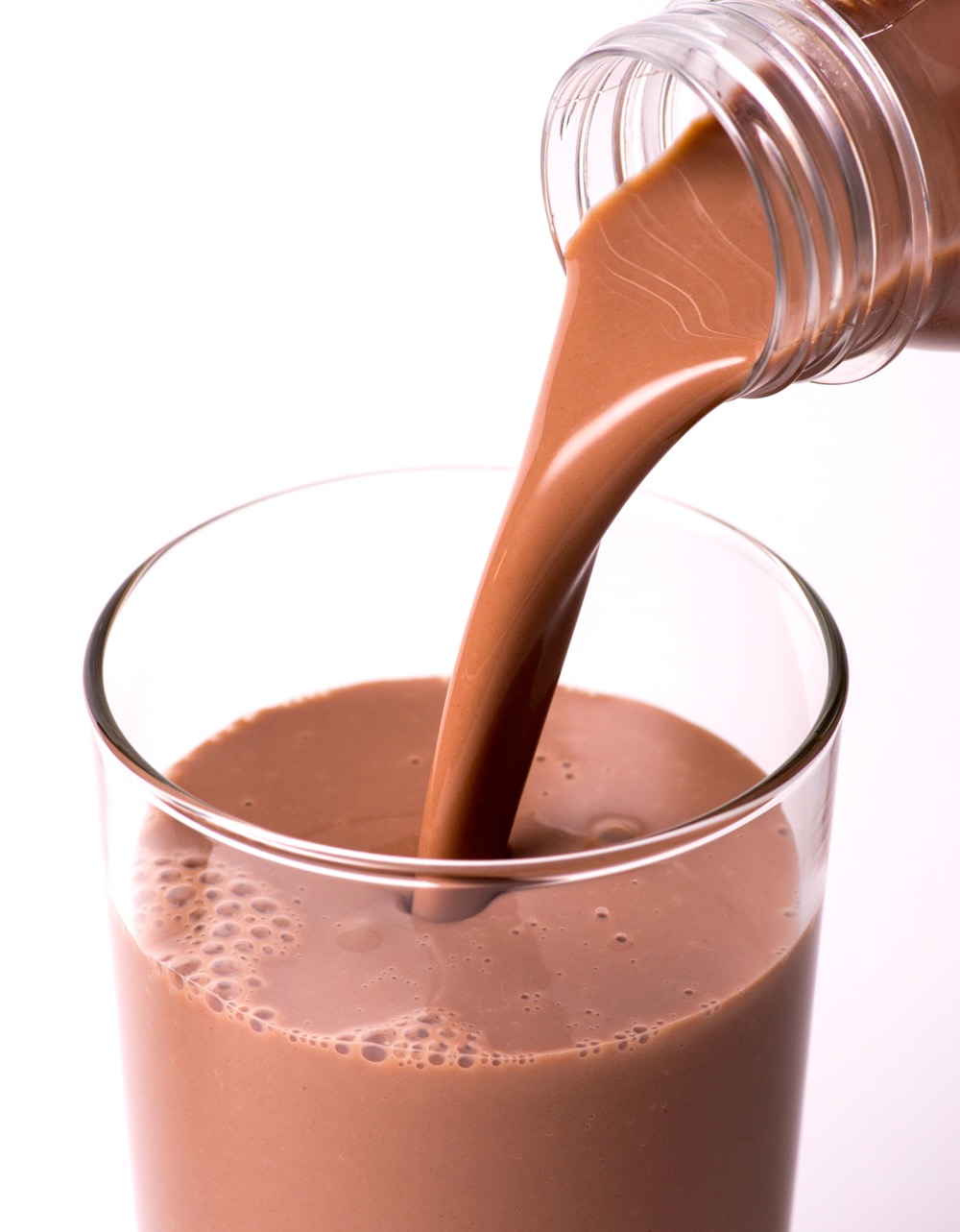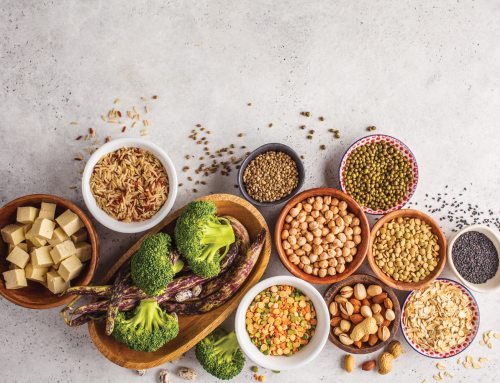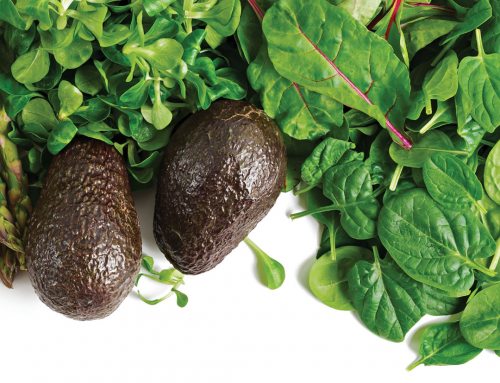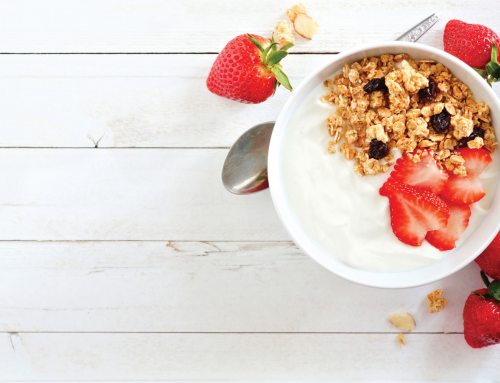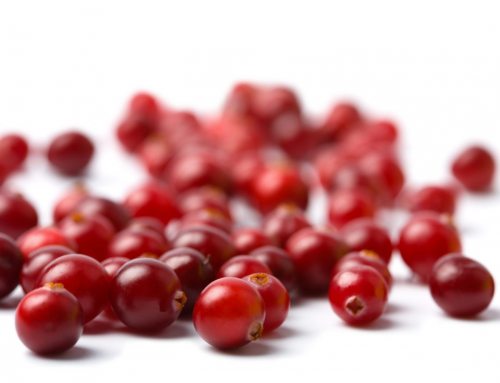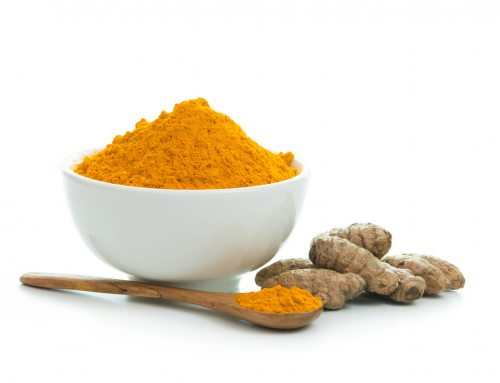By Chris Newport
As endurance athletes, we all know that PRs are made in the kitchen. Get your nutrition wrong and you can end up sore, sick, underperforming, injured, depressed, or constantly (or not at all) in the port-o-john. Get it right, and it could make all the difference in physically and mentally performing well.
Periodize your Nutrition
When I initially start working with athletes or nutrition clients, 99% of them eat the same thing EVERYDAY. But their training varies day to day. So if your training is periodized (broken into cycles to improve performance), why shouldn’t your nutrition? What you eat and/or drink before, during and after workouts should vary according to your goals, where you are in your season, weather, time and intensity of your workout, and any special considerations (allergies, intolerances, sensitivities, preferences, food availability, etc.)
Training is All About Recovery
So let’s START with recovery nutrition. Why start with what happens at the end of a workout? First of all, keep in mind that fitness is a breakdown process. In order to improve, you need to break yourself down adequately, and then recover. Training is all about recovery. So if you want your next workout to go well, start with recovery.
Energy Systems and Fuel Sources
Various exercise intensities are fueled by different sources, although not exclusive of one another. Lower intensity, longer duration activities require fat in the form of muscle triglycerides, plasma free fatty acids, and lipid reserves; higher intensity and shorter duration activities require carbohydrates, in the form of plasma glucose and glycogen from the muscle and liver.
Glycogen is your body’s limited carbohydrate energy reserves used for moderate to high intensity exercise. A typical 154lb male has ~600 calories of glycogen after an overnight fast or ~1500 calories when well fed or ~1800-2000 calories after “carb loading.” Think of it as your high-octane gas tank. You use the fuel to perform well, but you also need to refill it. If your glycogen “tank” runs out, the results can be disastrous. Have you ever “hit the wall” or “bonked?” If your glycogen tank is not completely full going into a race or high intensity workout, you’ll suffer.
Recovery Nutrition Needs Vary
Recovery nutrition restores glycogen and replaces lost fluid and electrolytes from sweat. Consume ~150% of fluids lost (use pre and post weigh-ins to determine this). Consider how glycogen depleting your workout was and how often you’re training. Did you just do your usual comfortable 4-mile run around the block? Not very glycogen depleting or challenging to your fitness. Did you just do intense 800m VO2Max repeats or a half iron distance triathlon? Then you definitely reduced your glycogen reserves.
If you plan to do multiple workouts per day or week, restoring glycogen is essential. However, if you just finished a race and plan to hang out on the couch for the next 2 weeks, don’t stress. Frequent training sessions or longer and higher intensity workouts will reduce your glycogen stores the most. For less frequent training and lower intensity workouts, consume your usual healthy meals and snacks and you’ll be just fine.
How Do We Replace Lost Glycogen?
With carbs… and a little protein. To replace glycogen the fastest, consume carbohydrates within 30 minutes post workout, although the optimal “window of opportunity” is about 2 hours. However, the earlier and more frequently you consume carbs ,for example, sipping your post workout beverage frequently rather than chugging it all at once, the faster you’ll rebuild your glycogen reserves. Aim for consuming ~1g of carbs in liquid or solid form per kg of bodyweight (weight in pounds divided by 2.2). To accurately determine the amount of carbohydrates you lose during a workout (thus, how much you should be consume during and after workouts), a metabolic test is highly recommended.
High glycemic index foods appear to replace glycogen the fastest. However, recent research suggests adding .3g of protein per kg of bodyweight results in accelerated glycogen re-synthesis and possibly reducing soreness.
Practical Considerations
Does it taste good? If not, you’re less likely to eat it. Is it available? There are plenty of races that have excellent recovery nutrition options like cookies, orange slices and more. What about those events or training sessions in the middle of nowhere? Plan to have a favorite recovery food or drink. While there are many expensive engineered nutrition products you may also choose options like fruit, bananas, crackers, or cookies.
So What Does This Mean for You?
Fueling plans are highly individualized based on goals, needs, bodyweight, preferences and more. Be sure to hydrate and consume carbs frequently after a high intensity or long workout.
# # #
Chris Newport, MS, RDN/LDN, EP-C, CISSN is a Registered Dietitian, Certified Sports Nutritionist, coach, exercise physiologist, mom, triathlete, and real-food advocate. She founded The Endurance Edge, an integrative performance center in Cary, NC offering metabolic testing, sweat testing, nutrition, massage, physical therapy, sport psychology, endurance coaching and more. Get your free hydration guide online at www.TheEnduranceEdge.com. Find her on Twitter or Pinterest @CoachChris_RD, YouTube or Facebook @TheEnduranceEdge, or Instagram @TheEnduranceEdge and @WheelChix.


